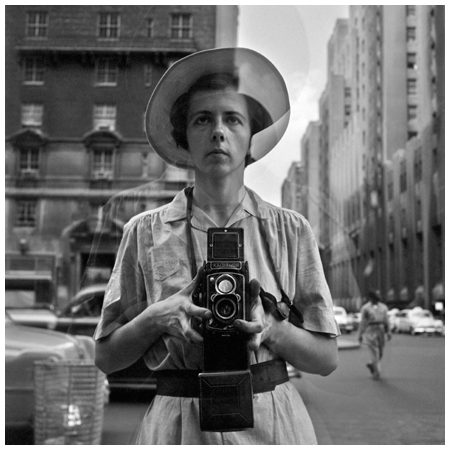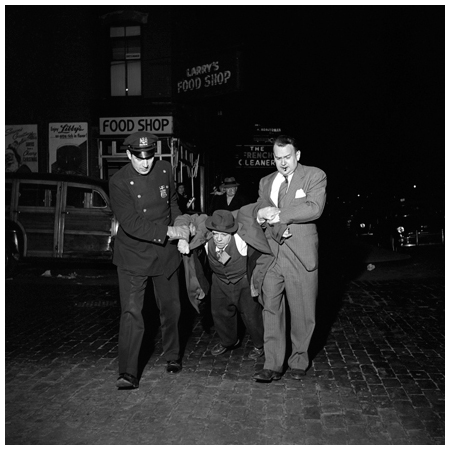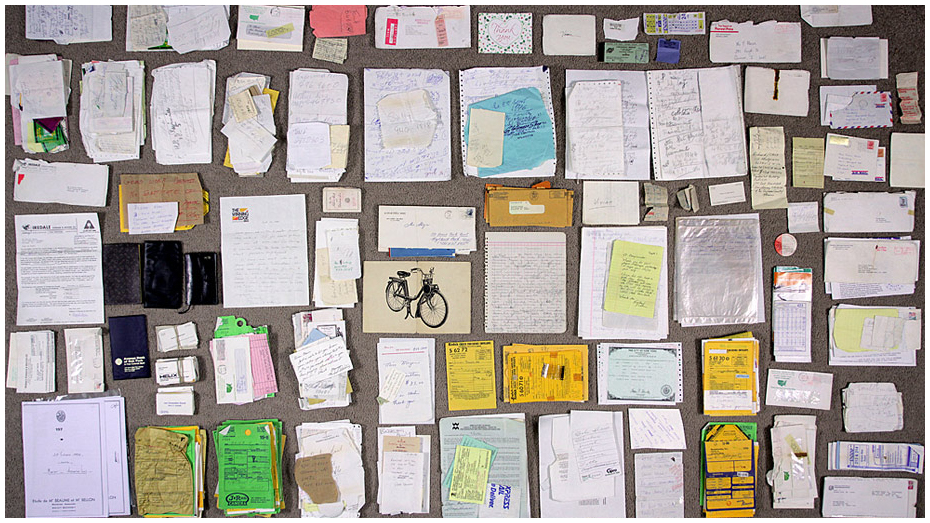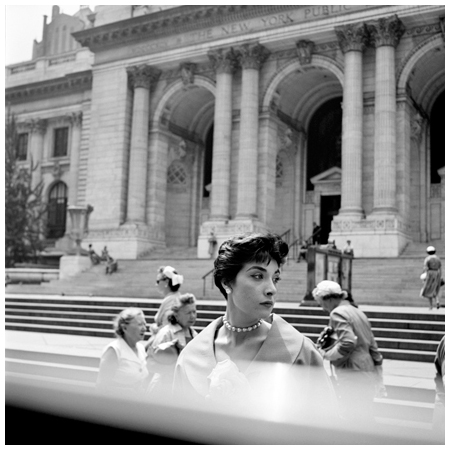The filmmaker discusses his archaeological approach to reconstructing the character of reclusive street photographer Vivian Maier

The forbidden spaces behind locked doors all too often inspire assumptions of filthy secrets and the creation of sinister mysteries. It is learnt in earliest childhood that the dark and unholy spaces under beds, in attics and under bridges are riddled with menace and danger, inhabited by brooding outcasts with something to hide, nursing their malice for society. It’s rarely considered that behind locked doors – metaphorical or physical – might lie a preternatural talent, an artist ahead of her time, undiscovered and perhaps lacking the arrogance required for self-promotion, or perhaps just waiting for the right moment, but creating nonetheless, relentlessly and brilliantly.
With a casually raised hand at a storage auction in Chicago in 2007, property developer and part-time historian John Maloof purchased a box of negatives that once belonged to one Vivian Maier. The negatives would sit unused and quiescent in his loft until, two years later, he discovered their beauty. He cautiously began to exhibit the photographs and then, astonished and inspired by the rapturous response they received, took on the Herculean task of finding Vivian Maier, recovering the rest of her work and delivering her not simply from obscurity, but from invisibility.
It transpired that Maier had allowed her oeuvre of 150,000 photographs and hundreds of hours of video footage amassed over a lifetime working as a nanny in the city’s suburbs to go unseen, stacked high and dusty in a storage locker. She is now established as one of the greatest street photographers of the 20th Century.

Finding Vivian Maier, released in cinemas 18 June, describes the story of Maloof’s ongoing discovery of the artist and was co-directed by Charlie Siskel, who has previously worked alongside Michael Moore, producing Bowling for Columbine. He describes his approach to the film as similar to that of an archaeologist reconstructing ancient history: “I thought, here we are making a movie about someone who is no longer alive, there is a mountain of evidence – business cards seemingly of everyone she ever met, receipts and envelopes and newspapers – these were the clues we used to build this portrait of her. It was like an archaeological dig – trying to tell a person’s story out of the things that they leave behind.”
It’s a story that many thought should not be told. Apparently self-appointed executors of Vivian Maier’s work insisted that her photographs should remain as she left them, hidden from view, a point that Siskel naturally contests. “The fact that Vivian never showed her work during her lifetime, did that mean that Vivian didn’t want to show her work? People have made that assumption. That became a problem the film had to solve and a problem for John as he continued to exhibit her work – this criticism that what you’re doing is an affront to Vivian and to other people’s artistic sensibilities, that Vivian is this pure artist and to expose her work is to violate her wishes in some way.

“Many people have seemed to take up her cause, describing these photographs as her babies that she wouldn’t want on display. That always struck John and I as off-base. The work of many artists is not revealed until after their death – but the world is a better place for it. So many people were speaking on Vivian’s behalf without knowing her – they were the very people describing her as private! Maybe Vivian truly wanted to be an artist – maybe she just didn’t want to share it with her employers?! There’s a big leap between someone not showing their work and not wanting to show their work.”
The film follows Maier’s life through her superb photographs, through the contradictory commentary and the at times fond, at times unsettling memories of the (now adult) children she nannied in the same Chicago suburbs where Siskel grew up (just one of many coincidences in a story laced with magical serendipity). It follows her collections of newspapers, her rakish rambles through city side streets with her employers’ children at her side fidgeting impatiently as she photographed those who, like her, stood in society’s shadows. It gently mocks her journeys through parks on her ungainly electric bicycle and her eccentric penchant for wearing mens shirts. It eventually uncovers her correspondence with a printer in the remote French village where she grew up, expressing her desire for him to print her photographs – confirmation that she wanted to at least display her work, if not exhibit it publicly.

As the film reconstructs Maier’s life we discover a person of steadfast political opinion, fierce determination and possessed of an unbridled sense of adventure and a wry sense of humour; a person who required not the affection and approval of the public to continue creating beautiful art. It shows anything but a reclusive nanny hidden behind a lens, whimsically documenting life as it passed her by. “She’s a practising master photographer,” says Sistek. “She’s fully in command of her craft and her instrument; she is experimenting as artists do. She photographed with incredible compassion, telling little stories about humanity and how we treat one another, how we live and survive. You look at her work and you see the work of a true artist. We don’t have to look any further than the self-portraits. For all of the talk of how private Vivian was, here she was taking hundreds of portraits of herself. She wasn’t hiding behind a camera – we can see what Vivian thought of her own work, how she saw herself.”
There is, though, an element of tragedy in the story, chiefly Maier’s nightly retreat to the attic or annexe of a family home, no family or lover to speak of; a lifetime spent perhaps misunderstood by those who deemed her locked door and unusual manner to be hiding ugliness rather than beauty. There are tales of lost tempers and intolerance of youth and a story of overflowing frustration manifesting itself in an almost unforgivable act of aggression. These are rightly acknowledged and deftly handled by Siskel as he insists that Maier, though flawed, was far more Jekyll than Hyde. “There was an element of tragedy to her and an element of loneliness, but what was most important to her, I think, was her art. She found a way to take pictures day after day for decades, without the validation of people seeing her pictures and without the support of a printer or patron. That is heroic. “Ultimately this is not a tragic story even though her life may have had a tragic cast to it – the story itself, because this work is discovered, because John was willing to do what it took, has a redemptive ending.”
Our interview ends as Siskel’s fine film begins; I ask him to describe Vivian Maier in one word. Like those asked in the movie, he pauses, breathes deeply and looks dumfounded by the simplest of questions. He apologises, chuckles and then answers: “An artist.”




